Galvanometer dated 1918, the carring case dated 1917. Missing its carrying strap. Used by Royal Engineers for testing and maintaining electrical circuits for field telegraphy, Morse code communication, and detonator wiring for explosives.
|
Fullerphone MK. 1V dated 1943 and Fullerphone MK.V dated 1944.
IN 1915 Captain A.C. Fuller invented the Fullerphone in response to the Germans being able to listen in on the field telephones used at the time.
In around 1937 a re-designed model, the Mk. IV, went into service. The MK.V came into service mid war and was made to be used in the tropics.
|
Field Telephone H Mark 111. Designed to provide secure wire communications on the front lines, with a hand cranked magneto generator to "ring up" the other party, instructions on the inner lid
and sound powered handset . No visible date or makers mark.
|
Field Telephone set L dated 1940.
|
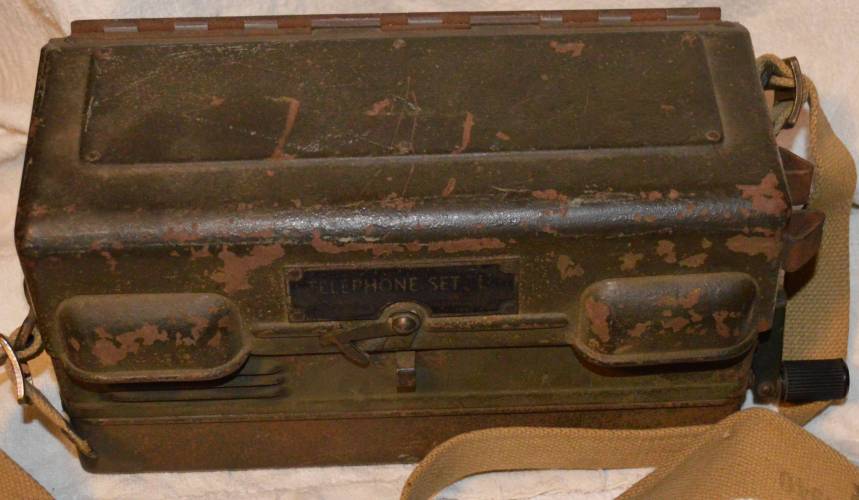 |
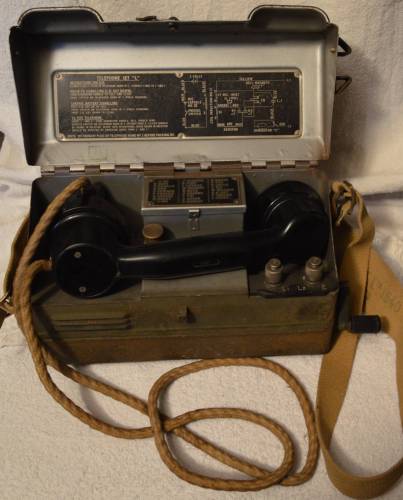 |
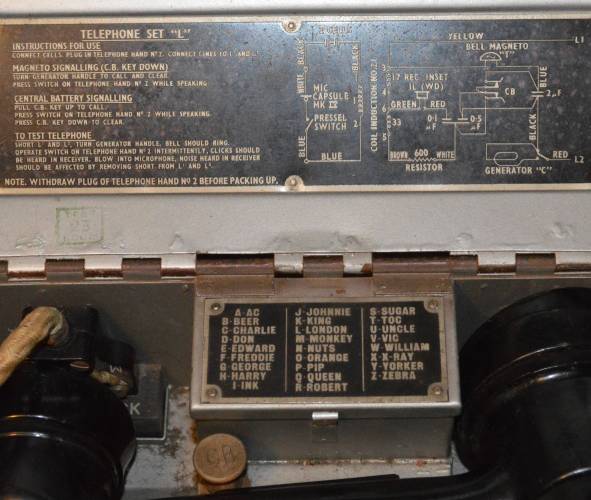 |
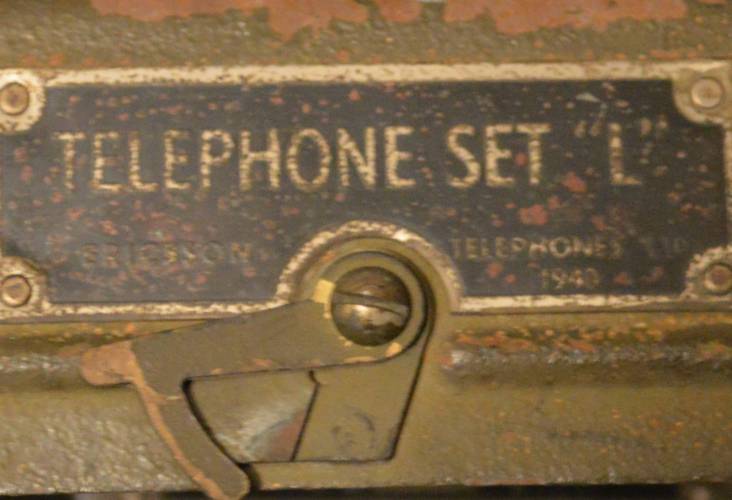 |
Telephone set F MK.1* in its box dated 1939 followed by two Telephone sets F MK.11s without their boxes both dated 1941 with M.O.D arrow. Thanks to Rob on the War relics forum collectors for the following information.Telephone Set F Marks I and I*
The Telephone Set F was a portable instrument for army communication. It was not normally used forward of divisional headquarters. It provided the following facilities:
1) Calls by buzzer
2) Calls by magneto generator
3) Responds by bell to magneto generator
4) Responds by aural indication to buzzer calling
5) Speech communication
The telephone gave visual indication of a call to Switchboards UC (Universal Call) by magneto generator and buzzer, and to Switchboards F and F by magneto generator. Visual indication of a call to Switchboards Central Battery Signalling (CBS) was given by removal of the handset from the cradle.
Maximum range was 14-16 miles using D8 twisted cable or 8-10 miles using D3 cable. However, poor cable, or wet conditions tended to reduce the range, as did poor earth when using the set with an earth return. It was estimated that the effect of a poor earth could be equivalent to adding an extra 10-15 miles of cable.
It was powered by two dry X Cells or two wet S Cells (both types being 1.5V cells).
The set was normally carried in a wooden carrying case, which incorporated a spring stop to retain the set in it s working position. This afforded the set some protection in bad weather if being used outside.
There were two other versions of the set. The first was the Telephone Set F Long Range, which incorporated an induction coil instead of the buzzer to increase range. The second was the Telephone Set F High Power which incorporated a valve amplifier, but could also be operated as a normal F set.
|
 |
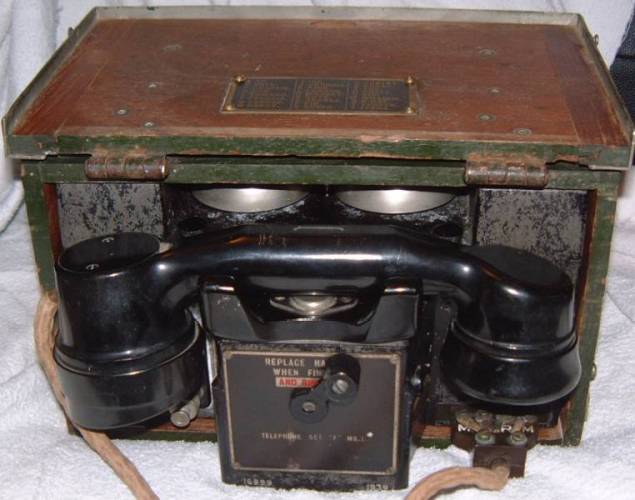 |
 |
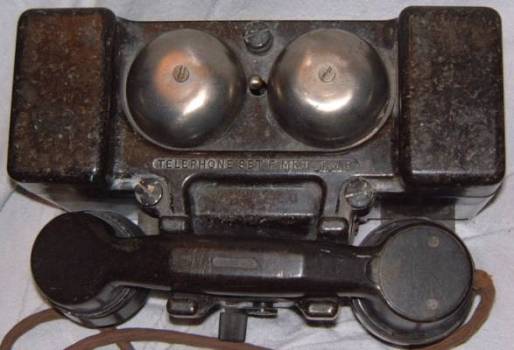 |
Telephone set D MK V with morse key it's all there in good condition dated 1941. Could be carried on the belt or by shoulder strap. Thanks to Rob on the Militaria collectors network for the following information.
The Telephone Set D Mk V was a portable instrument for field use in Army formations forward of divisional headquarters. It provided the following facilities:
1) Calls by buzzer
2) Responds by bell to magneto generator calling and by aural indication to buzzer calling
3) Speech communication
4) Morse communication by buzzer and key
The instrument, having a magneto bell, could only be rung by another telephone, or telephone exchange, which has a magneto generator. It could only call by buzzer, which gives visual indication to Switchboards UC (Universal Call), and aural indication to another telephone when not working through an exchange.
Maximum range was 14-16 miles (speech) and 25 miles (Morse) using D8 twisted cable or 8-10 miles (speech) and 15 miles (Morse) using D3 cable. Like the F Set, it was powered by two 1.5V X or S Cells.
In addition to the normal handset, the set also incorprated a single headphone, which could be used on a listening watch. The Telephone Set D Mk V* was similar but without the headphone. In army slang, the set was commonly known as a "Don Five".
|
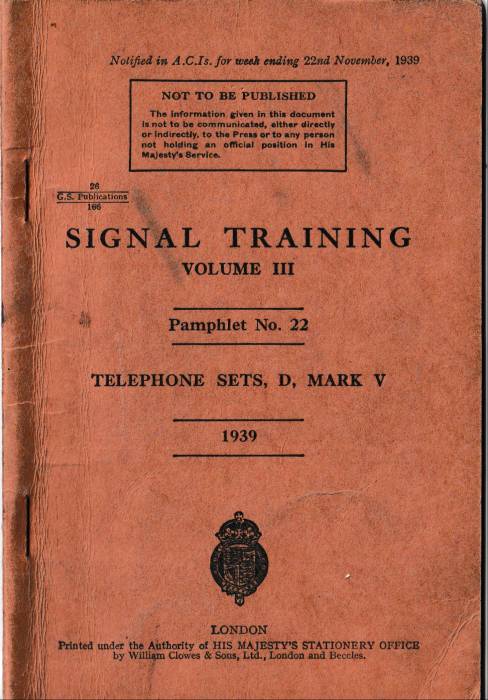 |
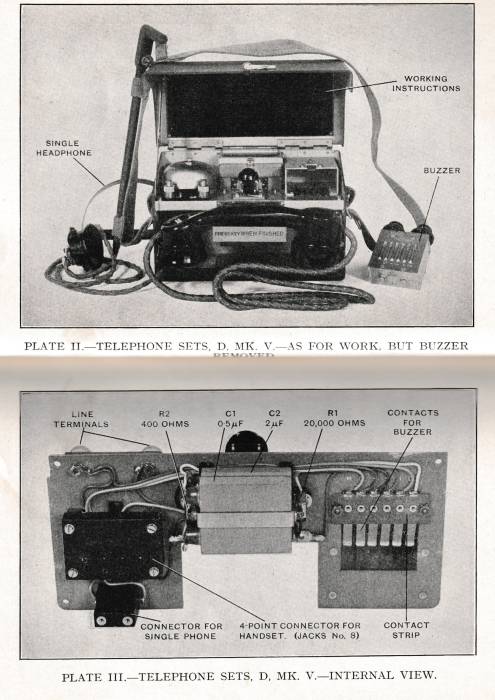 |
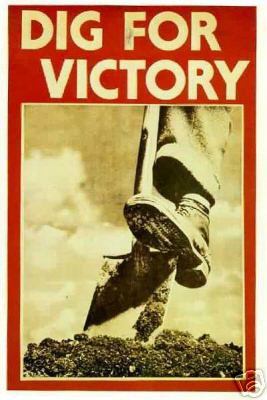 BACK TO MILITARY EQUIPMENT BACK TO MILITARY EQUIPMENT |

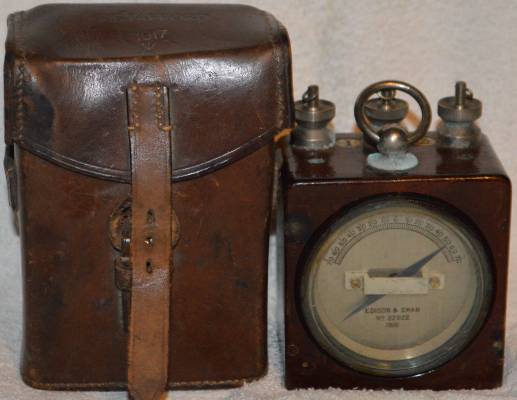
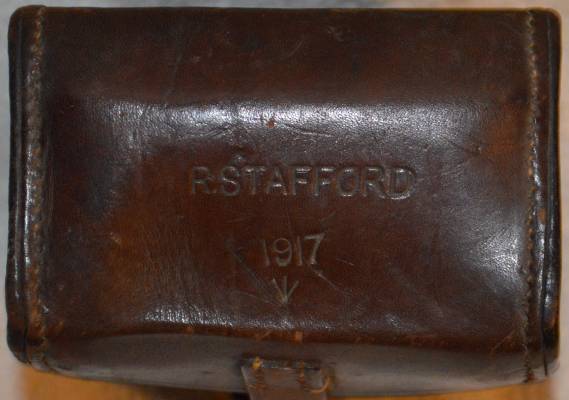
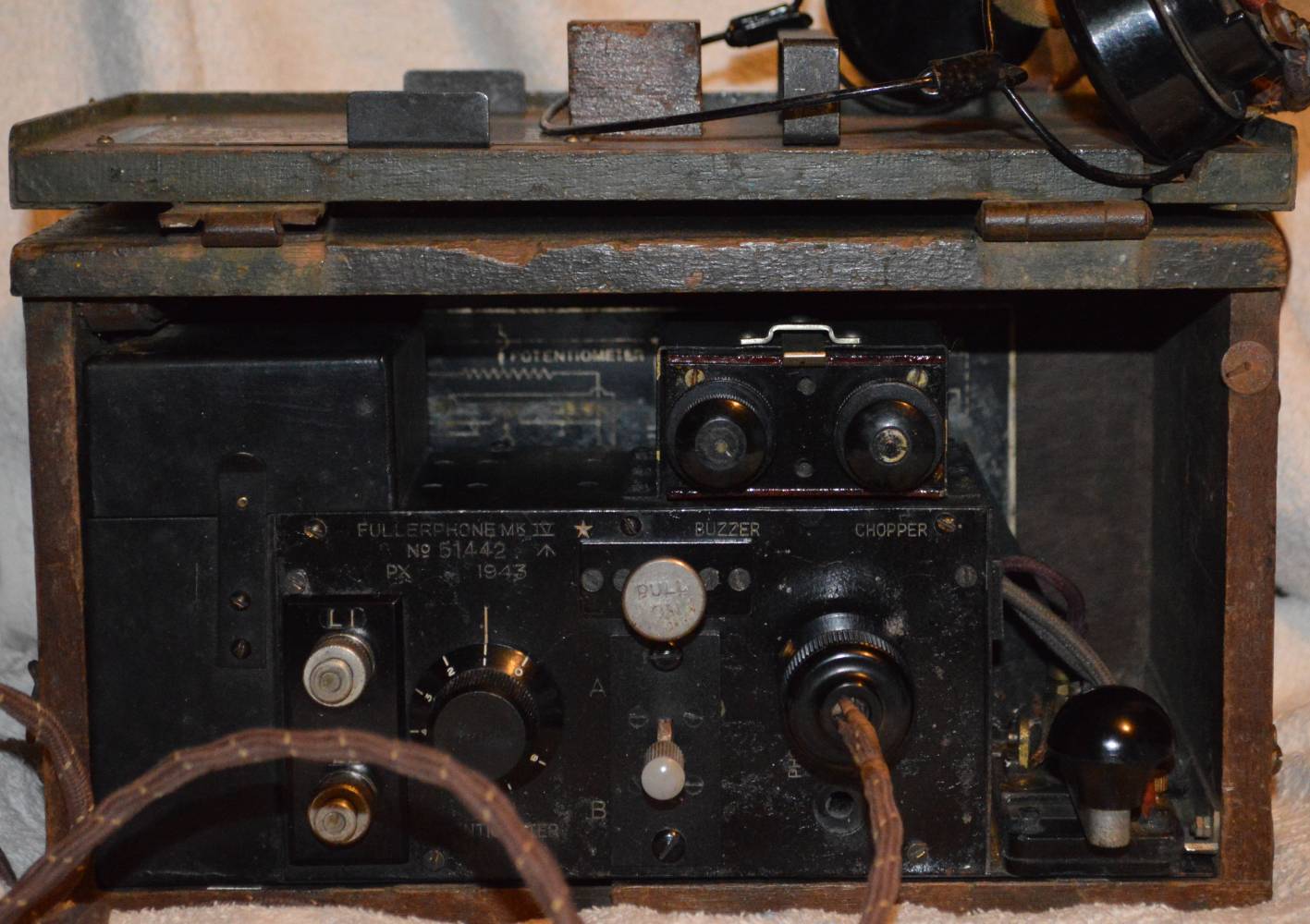
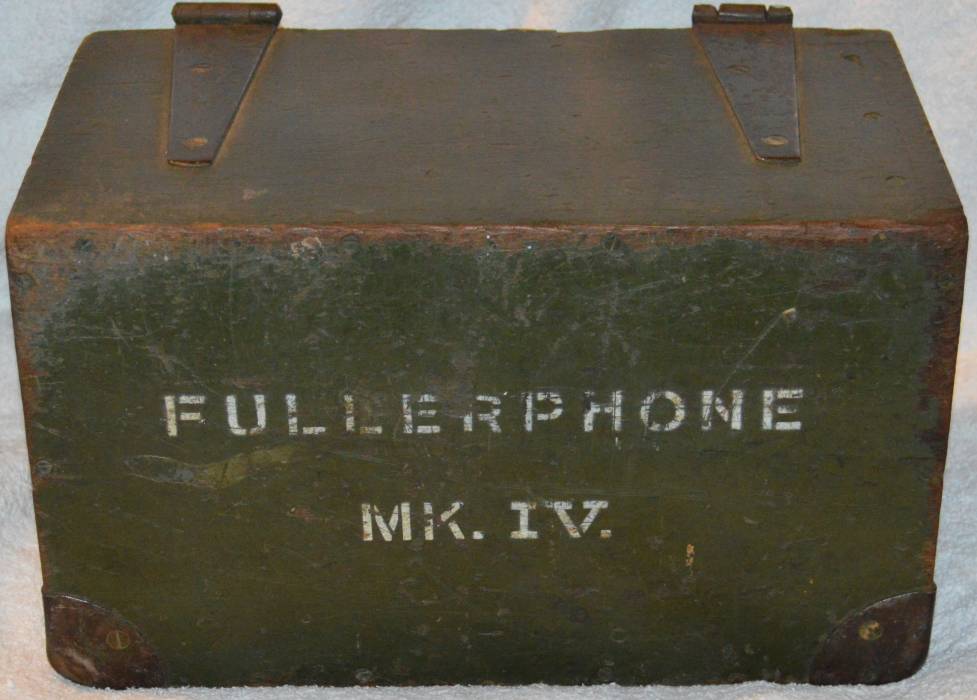

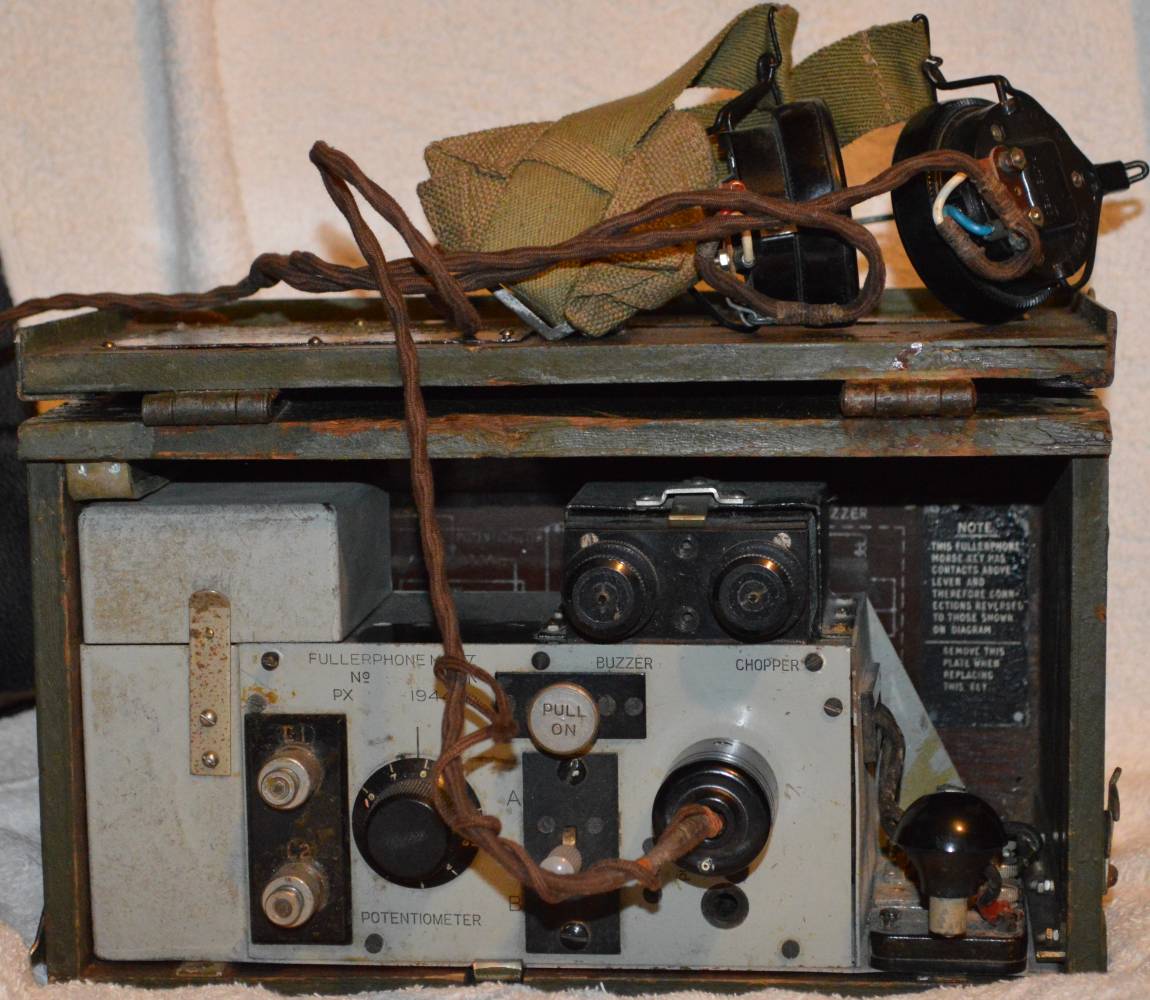

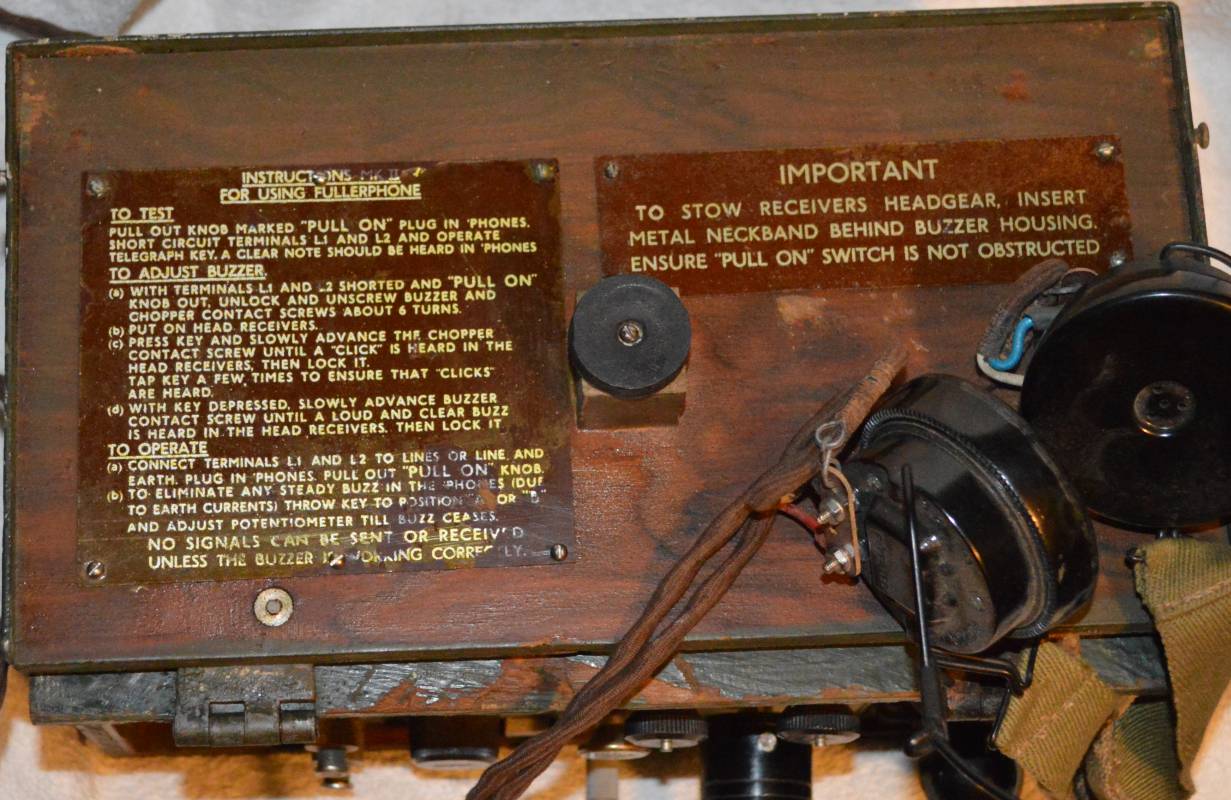
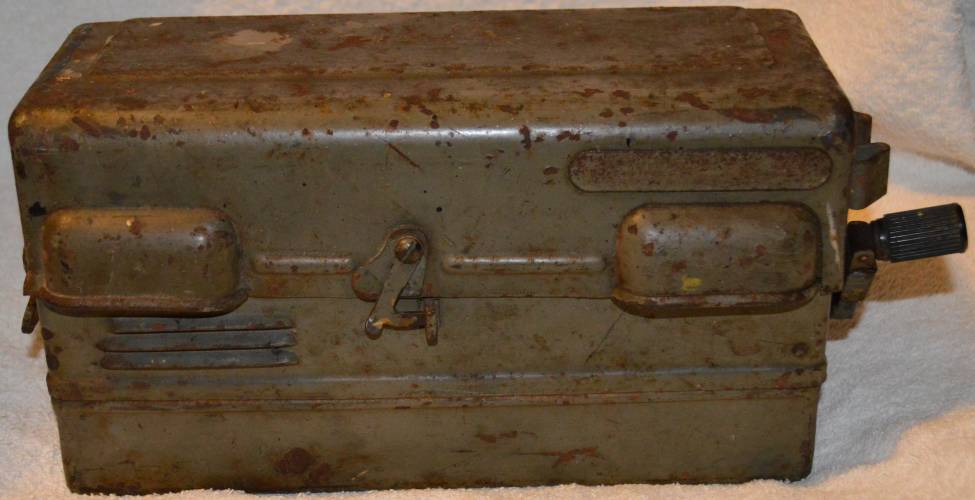
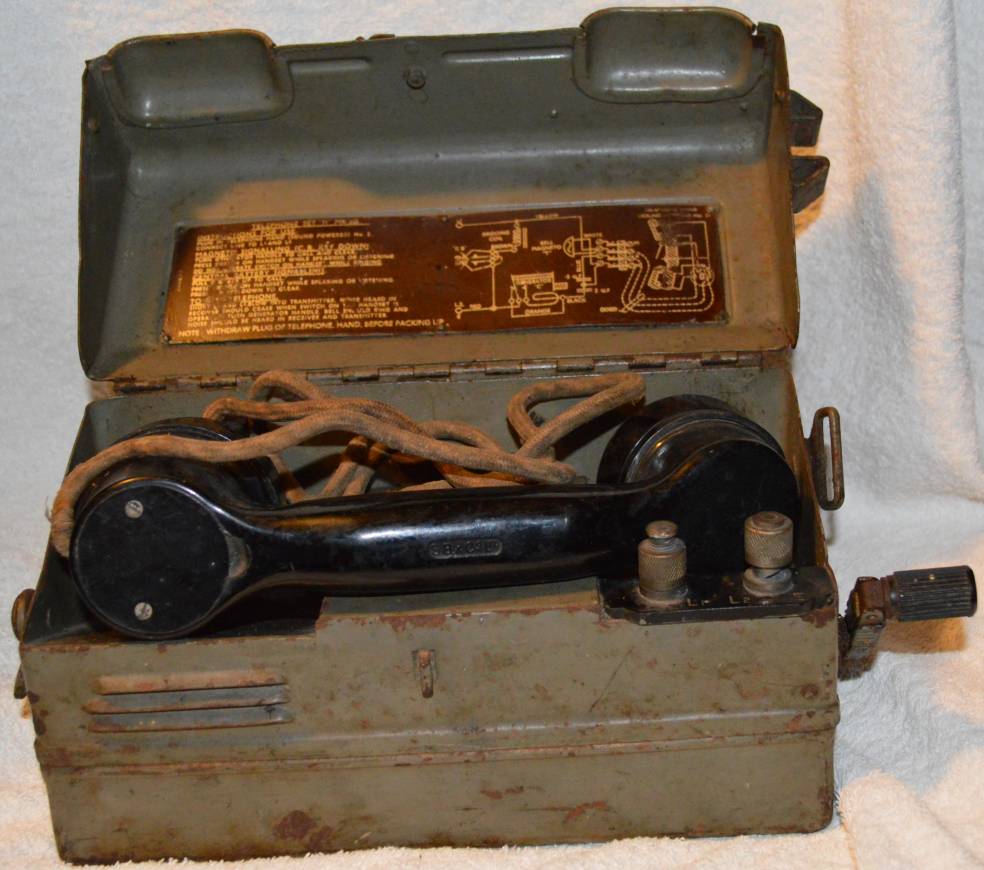
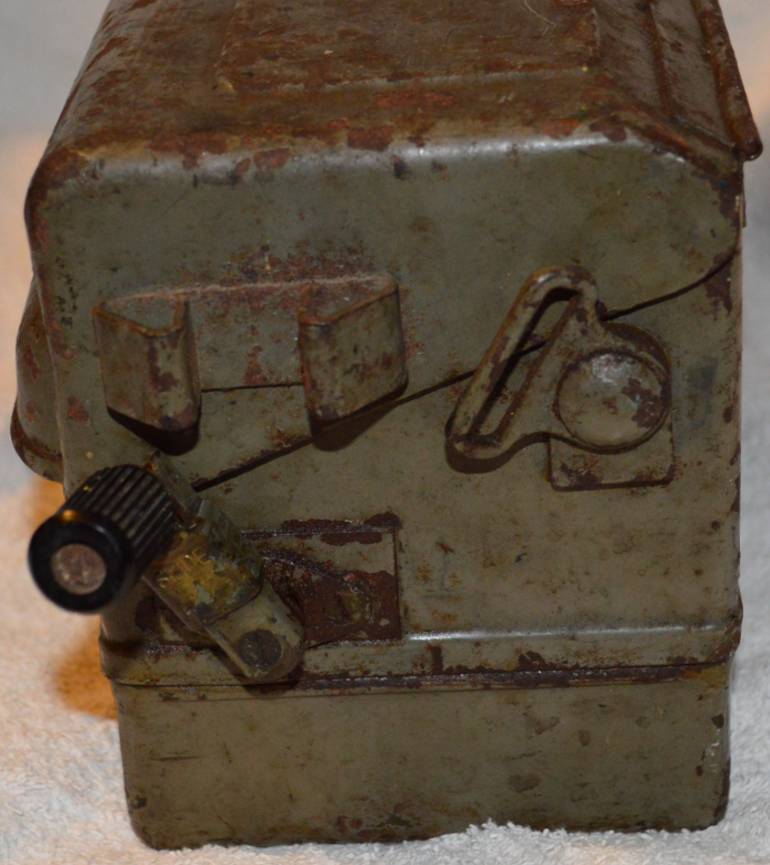





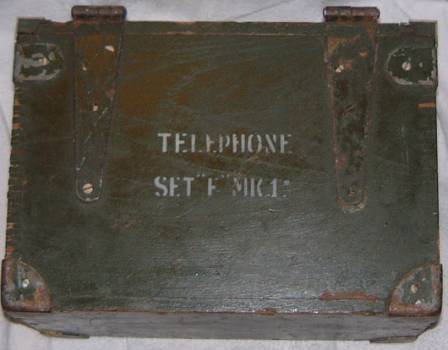

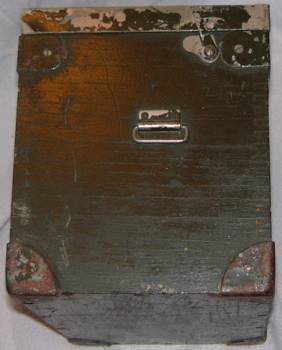






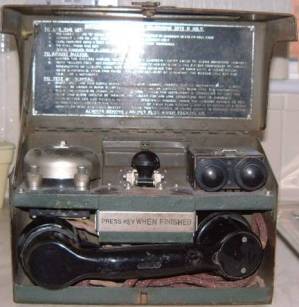


 BACK TO MILITARY EQUIPMENT
BACK TO MILITARY EQUIPMENT